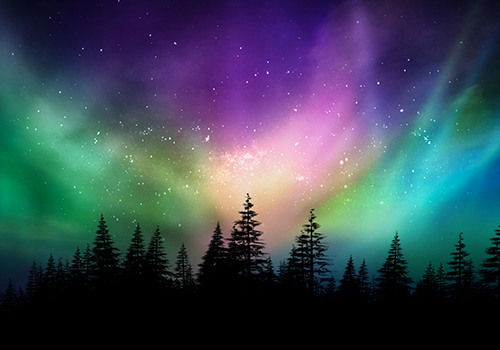
There are many of us out there who wish to chase the Northern lights. Witnessing these lights is on every traveller’s once a lifetime experience list and features in several must-visit destinations by travel guides. Here’s everything you need to know about these magical lights that leave us in awe with nature’s magical light dance.
Known popularly as Northern lights, Aurora borealis is caused due to the collision of gaseous particles in earth’s atmosphere with charged particles that are released from the sun. Aurora borealis, the lights of the northern hemisphere means ‘dawn of the north.’ In the south, it is commonly referred to as Aurora australis which means ‘dawn of the south.’
According to Roman myths, Aurora was the goddess of the dawn. In medieval times, it was considered the harbinger of famine or war. The Maori of New Zealand just like the Northern people of North America and Europe shared a belief that these lights were the reflections from campfires or torches.
If you have seen photographs of these lights, you will notice that there are colour variations due to the type of gas particles that collide. The most common auroral colour is a pale yellowish-green. Red auroras are a rare occurrence. Blue or purplish-red auroras are often towards the lower parts of the display, closer to the horizon.
If you thought that these light appear bright and vivid to the naked eye, you are mistaken! We use two different kinds of cells to sense light, namely the cone cells and rod cells. Cone cells detect colour in bright light and are used for vision during daytime. Rod cells detect fainter light at night but only see in black, white and shades of grey. This is why the lights appear to the naked eye in shades of grey. The light is extremely faint to be detected by our colour-detecting cone cells. Did you know that we are able to detect green easily due to physical and physiological reasons? The physical reasons revolve around radiation and the chemical composition of the atmosphere. Why physiological, you may wonder. That is because the human vision is most sensitive around the frequency of green light.
DSLR camera sensors, on the other hand, do not have any such limitations, which is why the images come out much better using professional lens as compared to our naked eyes. If you do not wish to face any disappointments in your viewing experience, don’t forget to pack your DSLR when you plan a visit to watch the Northern lights to capture the beauty of these magical lights.